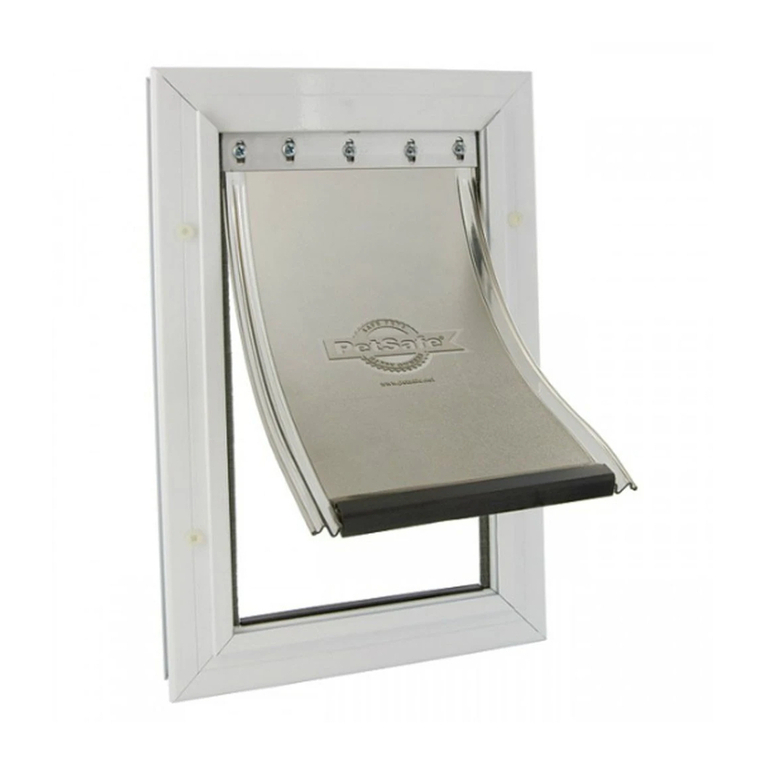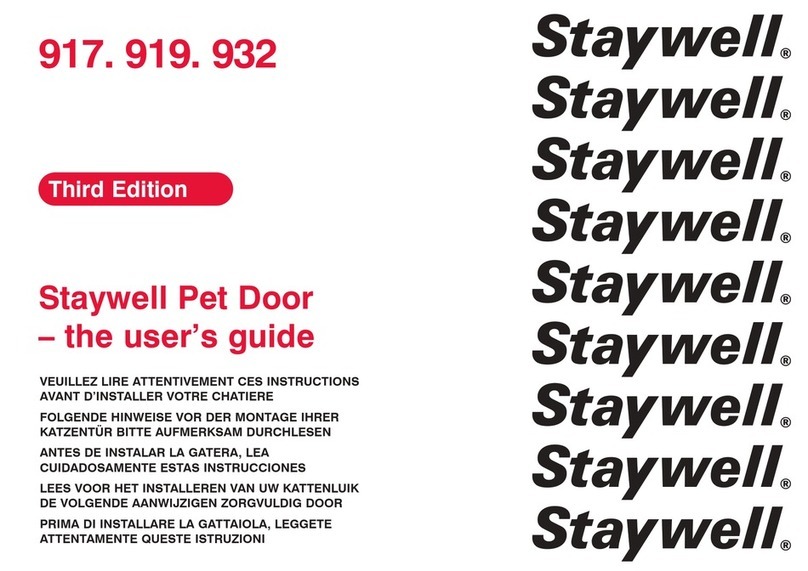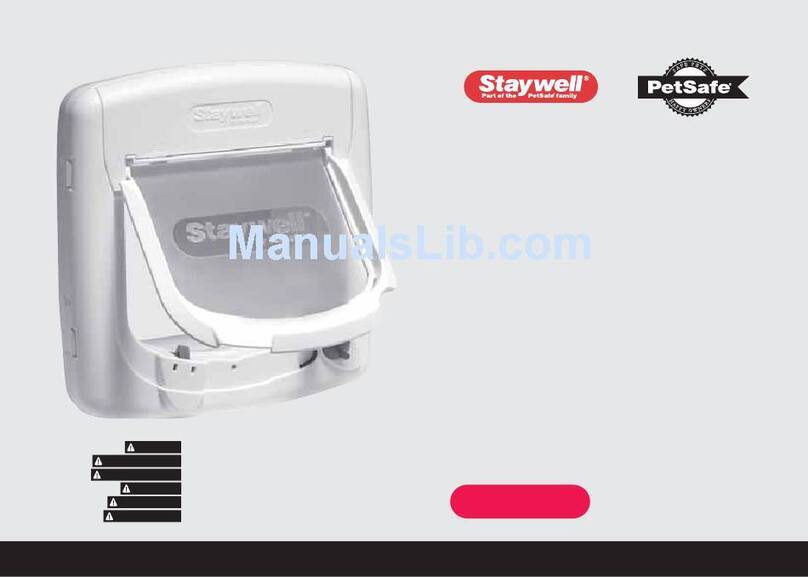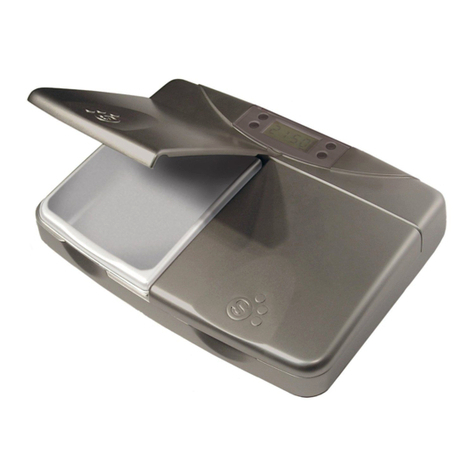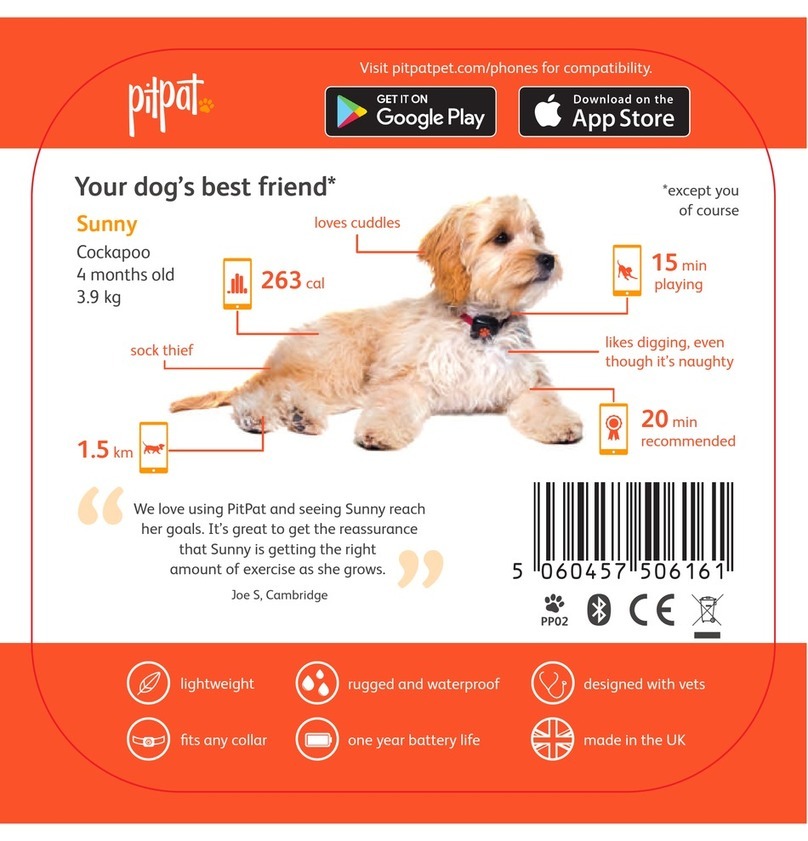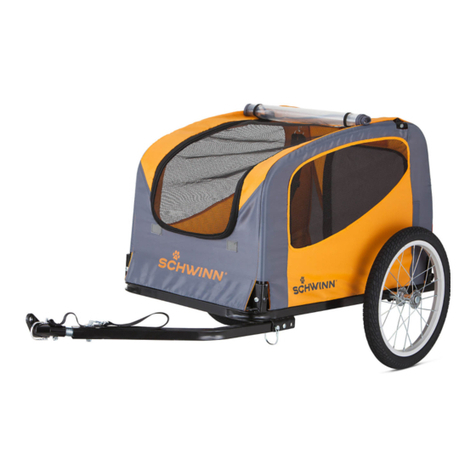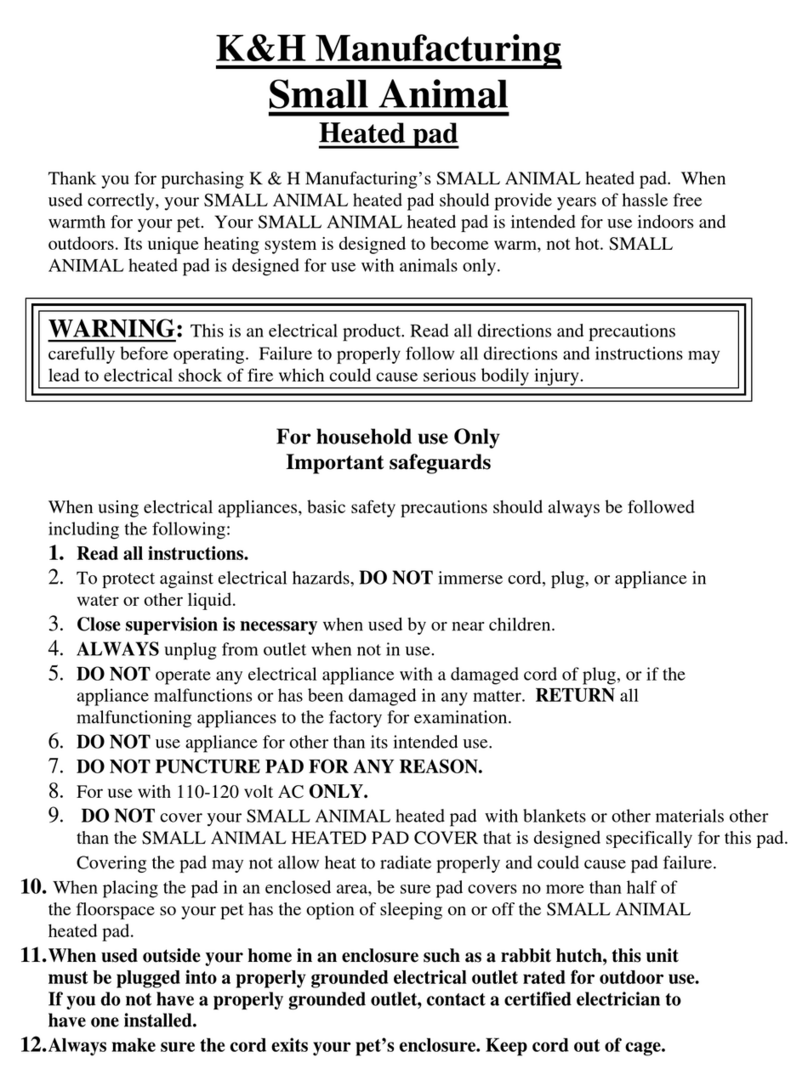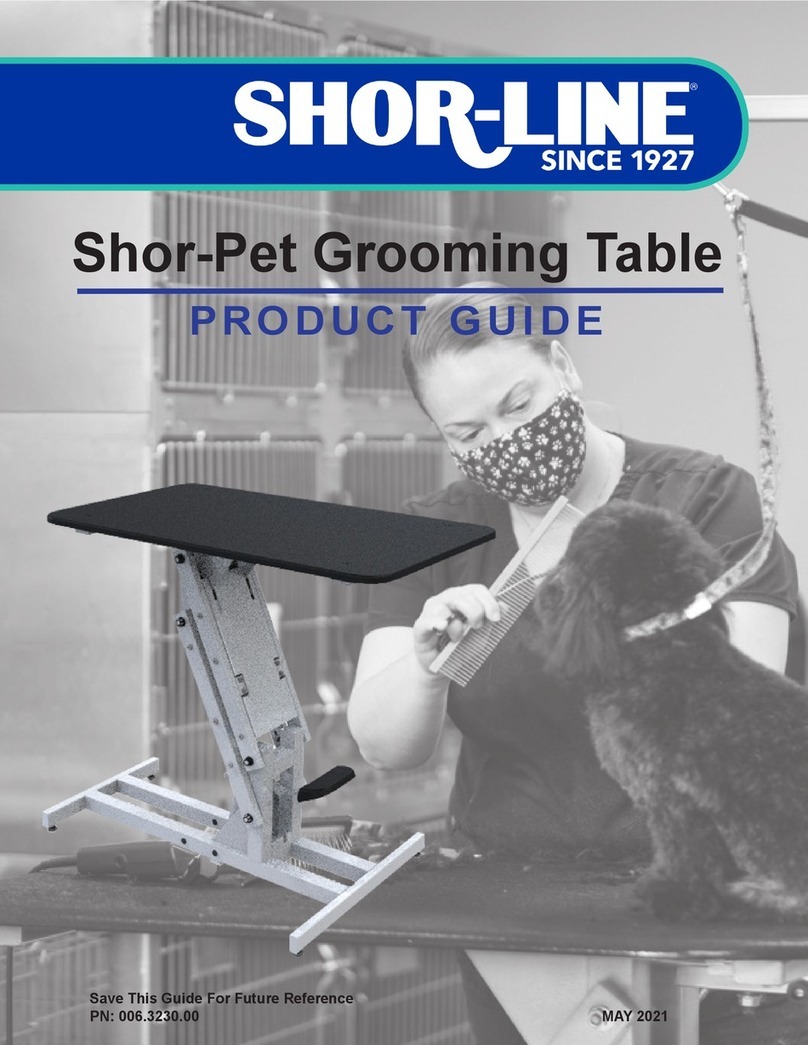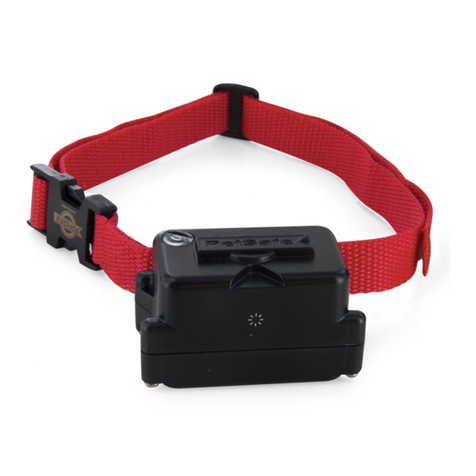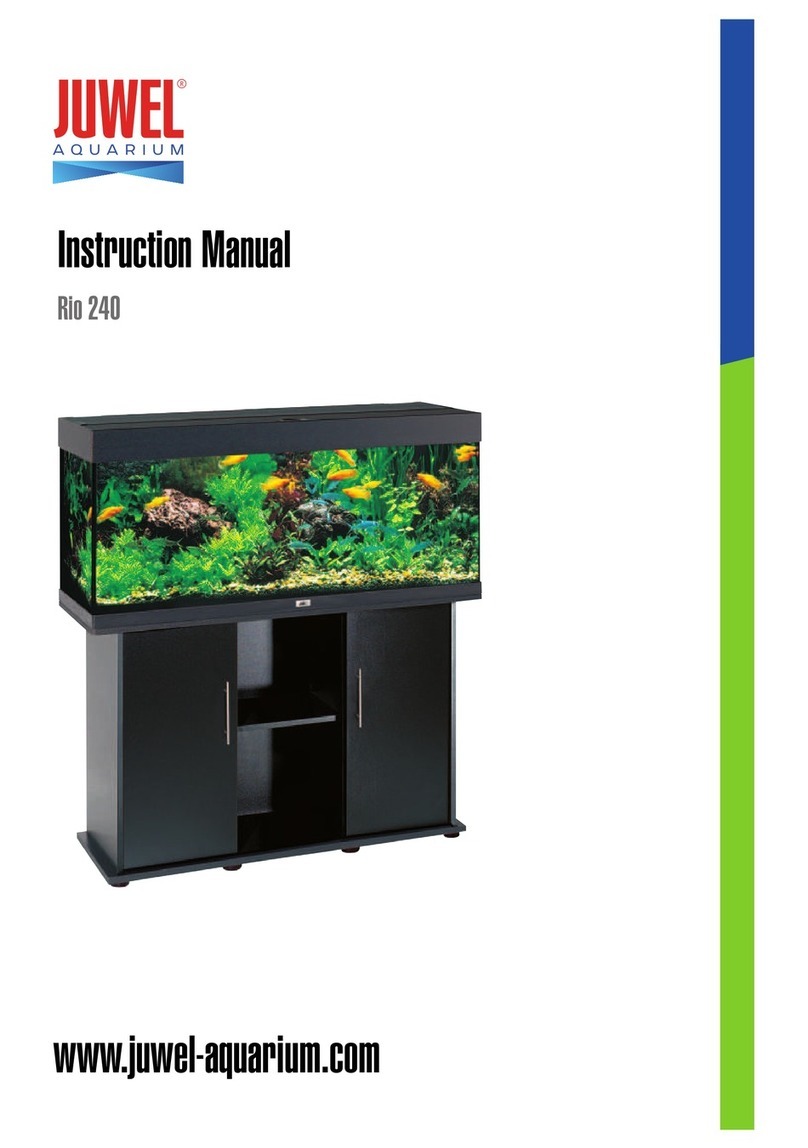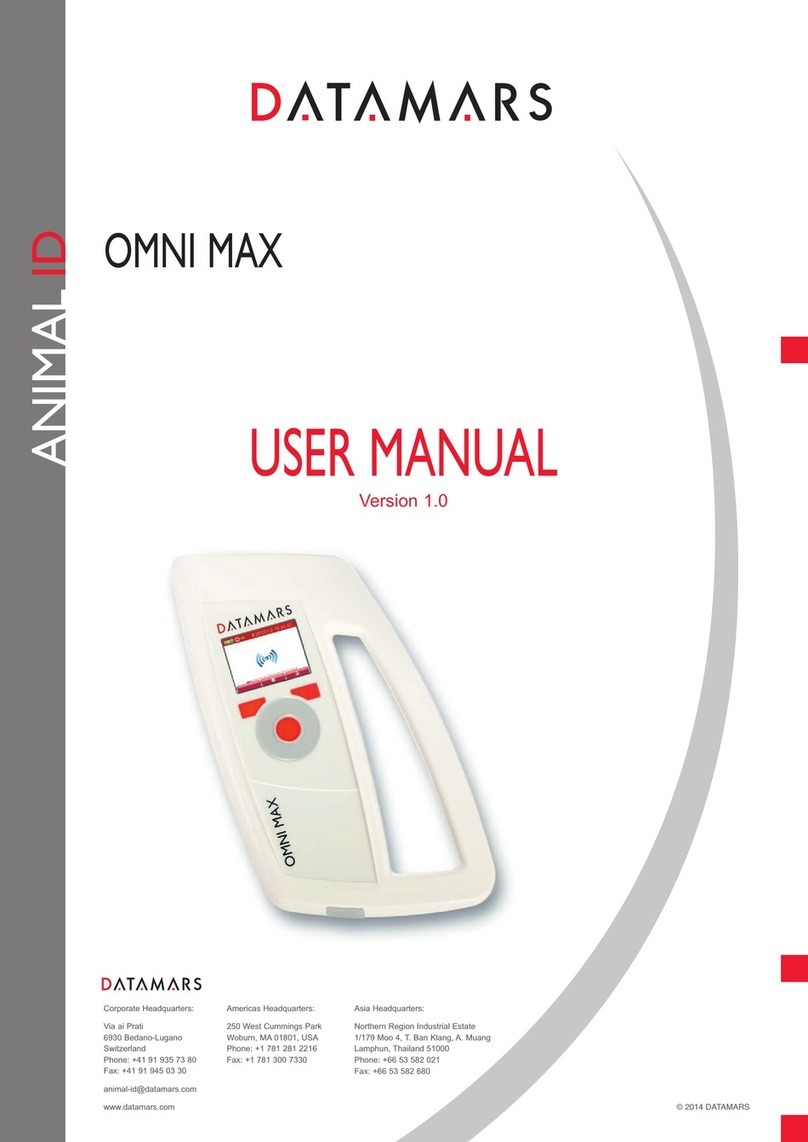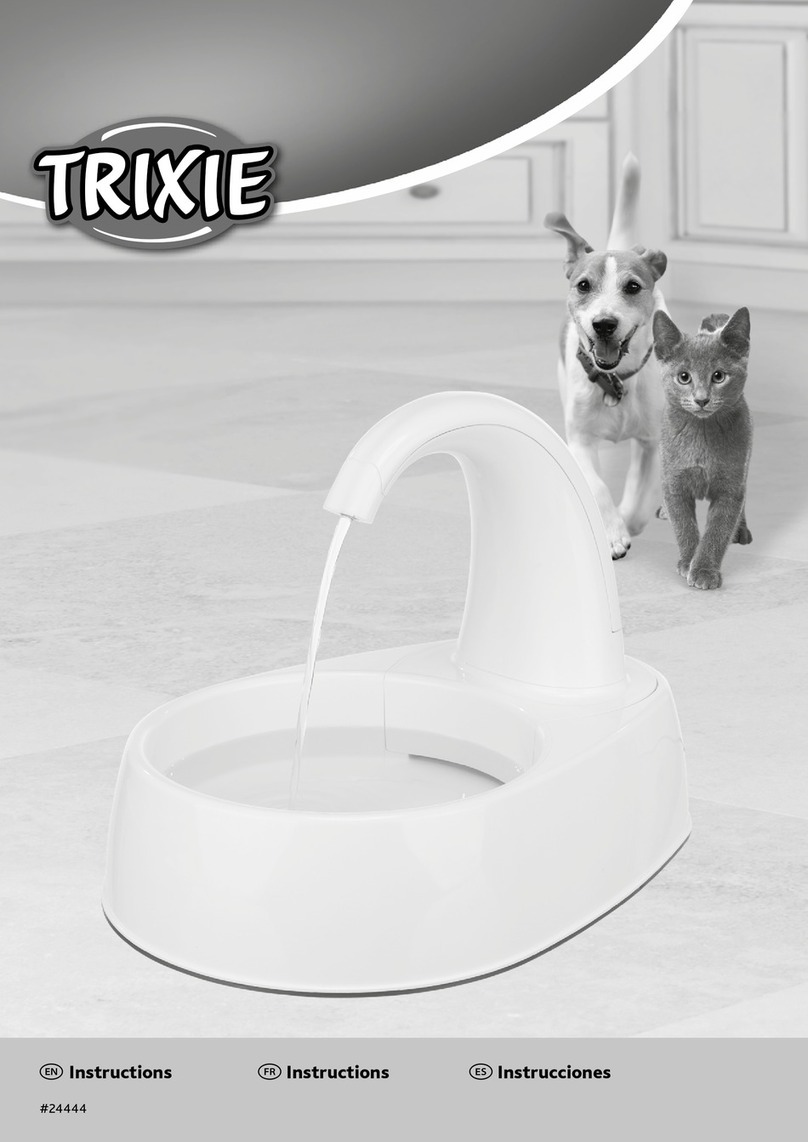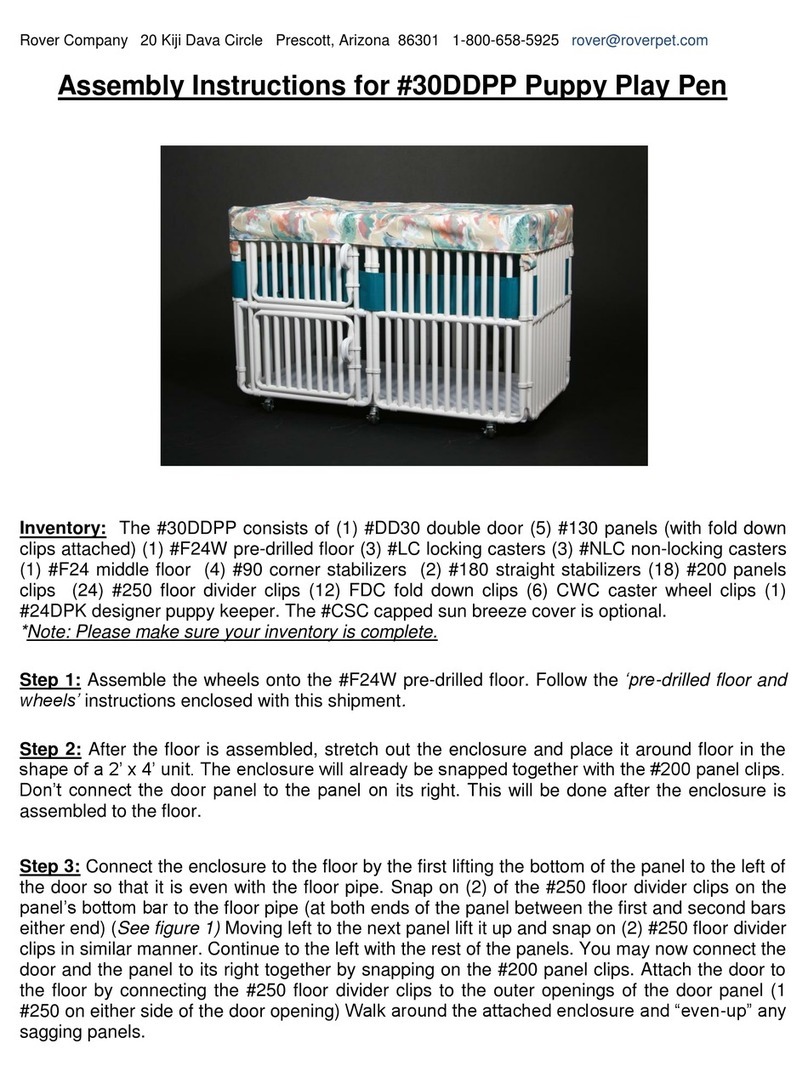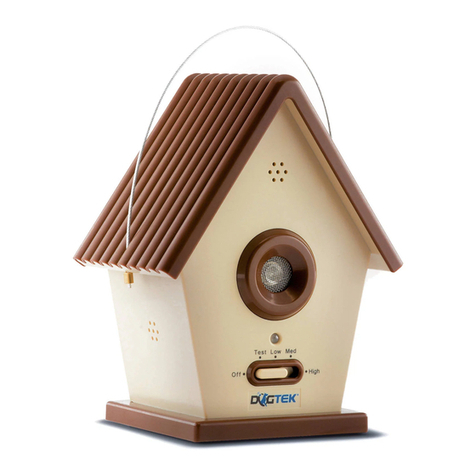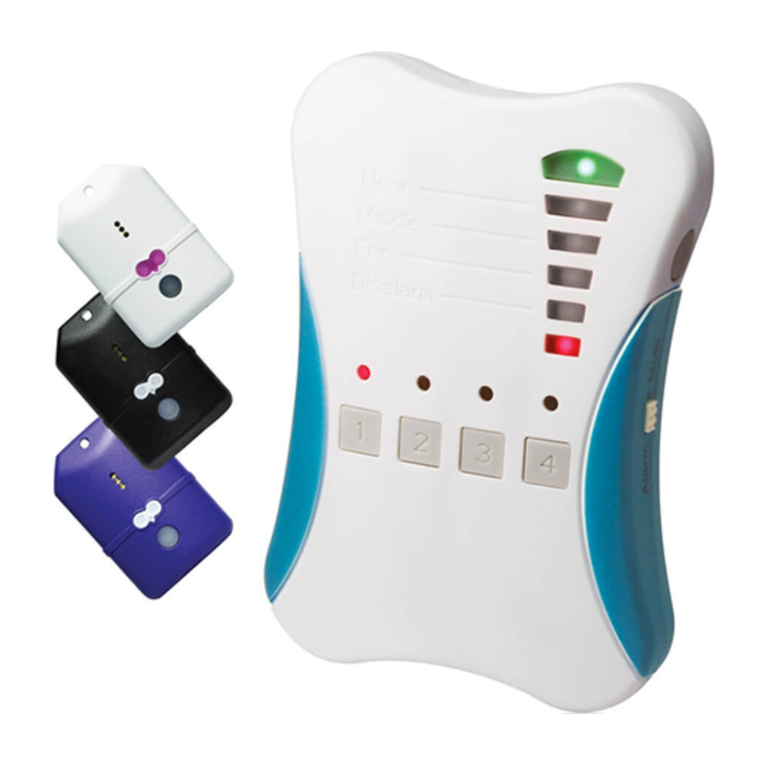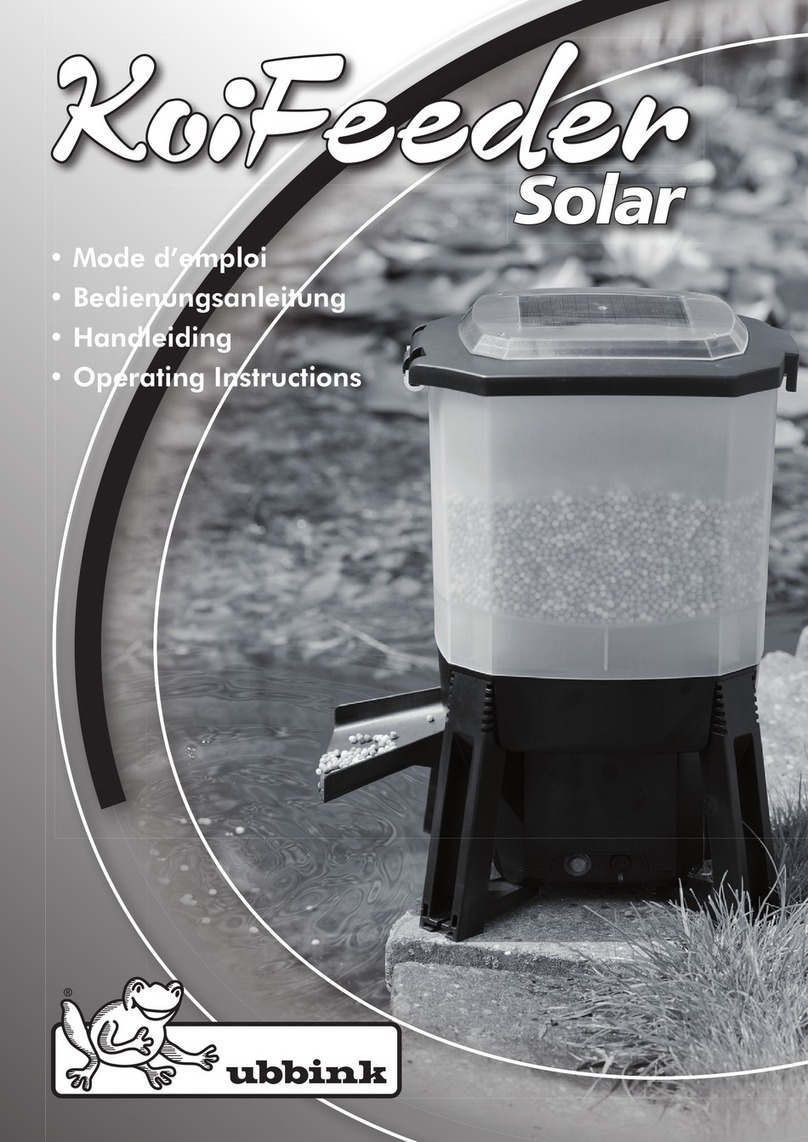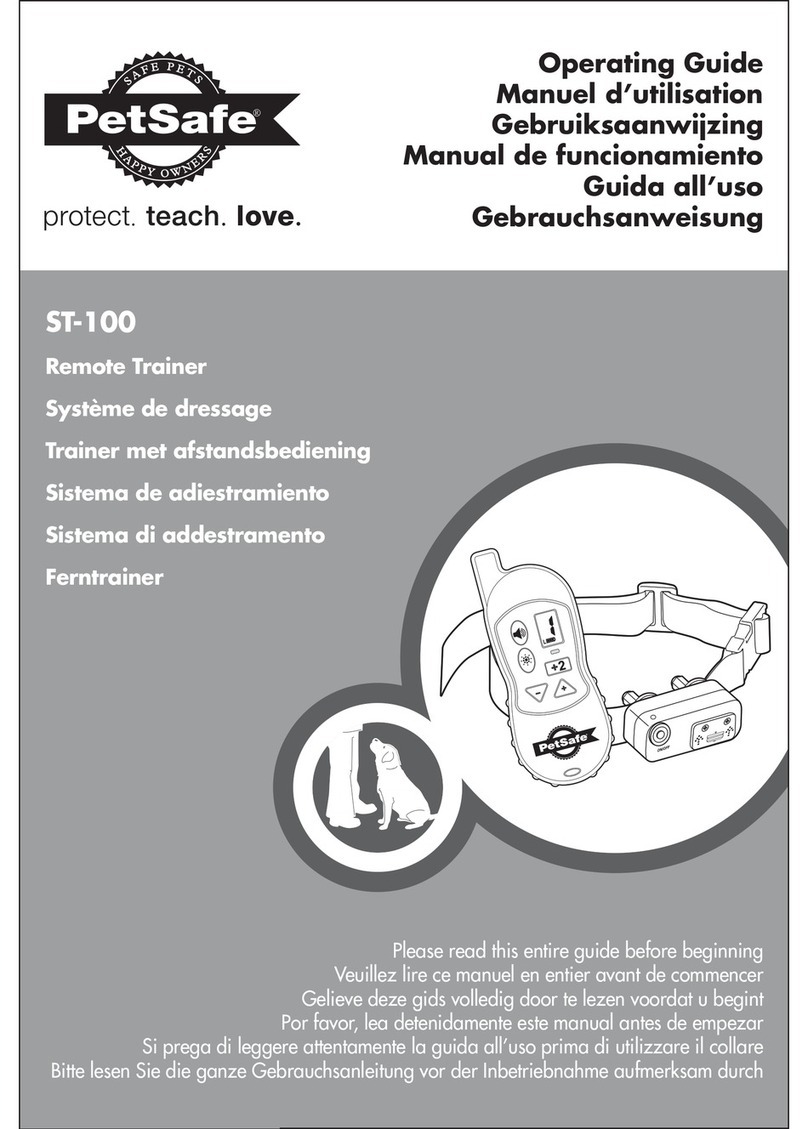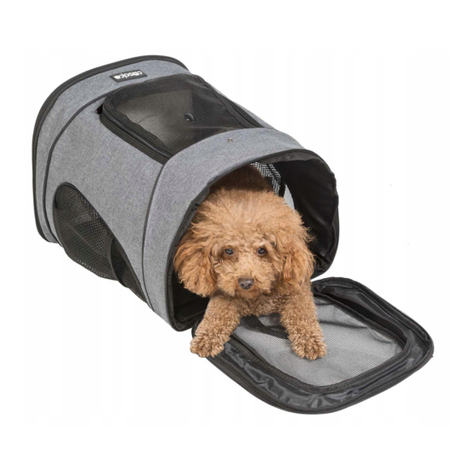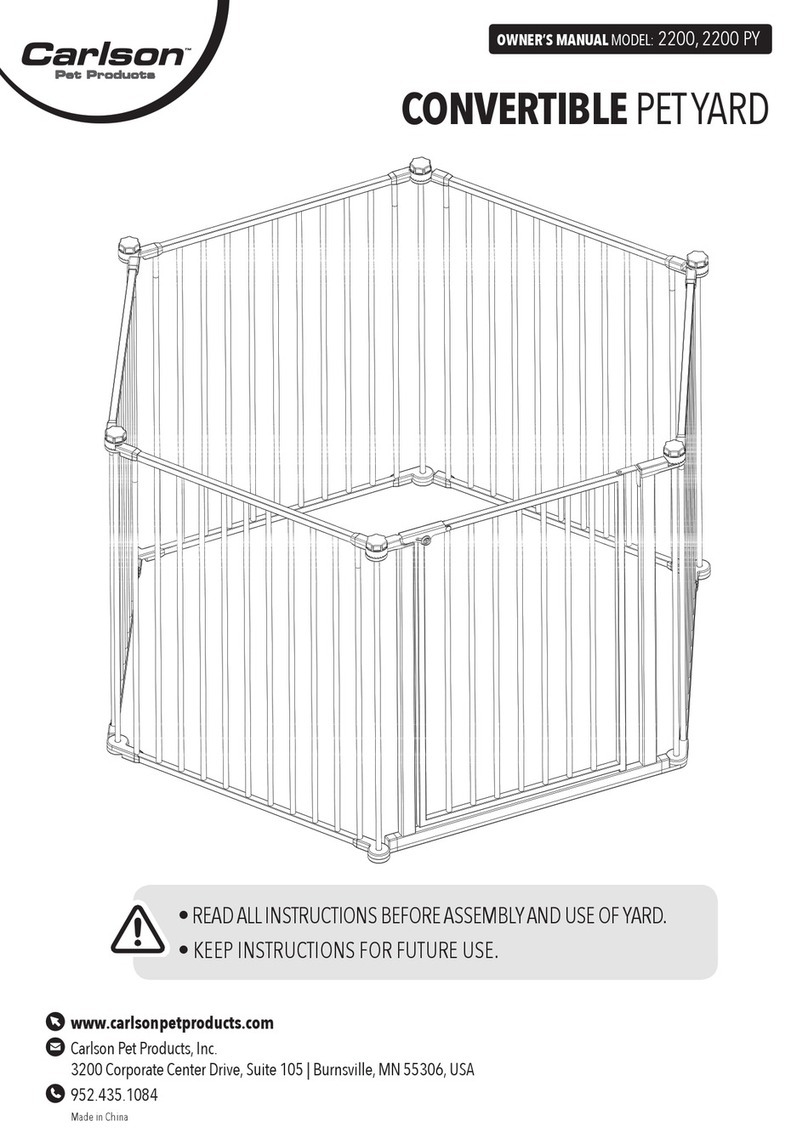13
How to dispose of your Infra-red cat
flap safely
Important recycling advice
Please respect the Waste Electrical and Electrical Equipment regulations in your country.
This equipment must be recycled. If you no longer require this equipment, do not place
it in the normal municipal waste system. Please return it to where it was purchased in
order that it can be placed in our recycling system. If this is not possible, please contact
Staywell®Customer Care for further information.
Battery Disposal
Separate collection of spent batteries is required in many regions; check the regulations
in your area before discarding spent batteries. Please see page 7 for instructions on
how to remove the batteries from these devices for separate disposal. The cat flap
operates on 4 batteries of the type AA/LR6, 1.5 V, alkaline manganese, with a 1200 m Ah
capacity. Replace only with equivalent batteries. The collar key operates on 2 batteries
of the type LR44, 1.5 V, alkaline button cell with a 150 m Ah capacity. Replace only with
equivalent batteries (A76, SR44, D357/303).
Compliance
This equipment has been tested and found to comply with the EU Electromagnetic
Compatibility and Low Voltage Directives. Unauthorised changes or modifications to the
equipment that are not approved by Radio Systems Corporation®are in violation of EU
regulations, could void the user’s authority to operate the equipment, and void the
warranty.
The Declaration of Conformity can be found at:
http://www.petsafe.net/customercare/eu_docs.php
Terms of Use and Limitation of Liability
1. Terms of Use
Use of this Product is subject to your acceptance without modification of the terms, conditions
and notices contained herein. Use of this Product implies acceptance of all such terms,
conditions and notices. If you do not wish to accept these terms, conditions and notices, please
return the Product, unused, in its original packaging and at your own cost and risk to the relevant
customer care centre together with proof of purchase for a full refund.
2. Proper Use
This Product is designed for use with pets where training is desired. The specific temperament or
size/weight of your pet may not be suitable for this Product (please refer to this Operating Guide
for details). Radio Systems Corporation®recommends that this Product is not used if your pet is
aggressive and accepts no liability for determining suitability in individual cases. If you are unsure
whether this Product is appropriate for your pet, please consult your veterinarian or certified trainer
prior to use. Proper use includes, without limitation, reviewing the entire Operating Guide and any
specific Caution statements.
3. No Unlawful or Prohibited Use
This Product is designed for use with pets only. This pet training device is not intended to harm,
injure or provoke. Using this Product in a way that is not intended could result in violation of
Federal, State or local laws.
4. Limitation of Liability
In no event shall Radio Systems Corporation®or any of its associated companies be liable for
(i) any indirect, punitive, incidental, special or consequential damage and/or (ii) any loss or
damages whatsoever arising out of or connected with the misuse of this Product. The Purchaser
assumes all risks and liability from the use of this Product to the fullest extent permissible by law.
For the avoidance of doubt, nothing in this clause 4 shall limit Radio Systems Corporation®’s
liability for human death or personal injury or fraud or fraudulent misrepresentation.
5. Modification of Terms and Conditions
Radio Systems Corporation®reserves the right to change the terms, conditions and notices
governing this Product from time to time. If such changes have been notified to you prior to your
use of this Product, they shall be binding on you as if incorporated herein.
